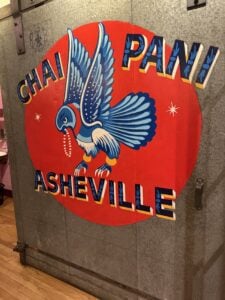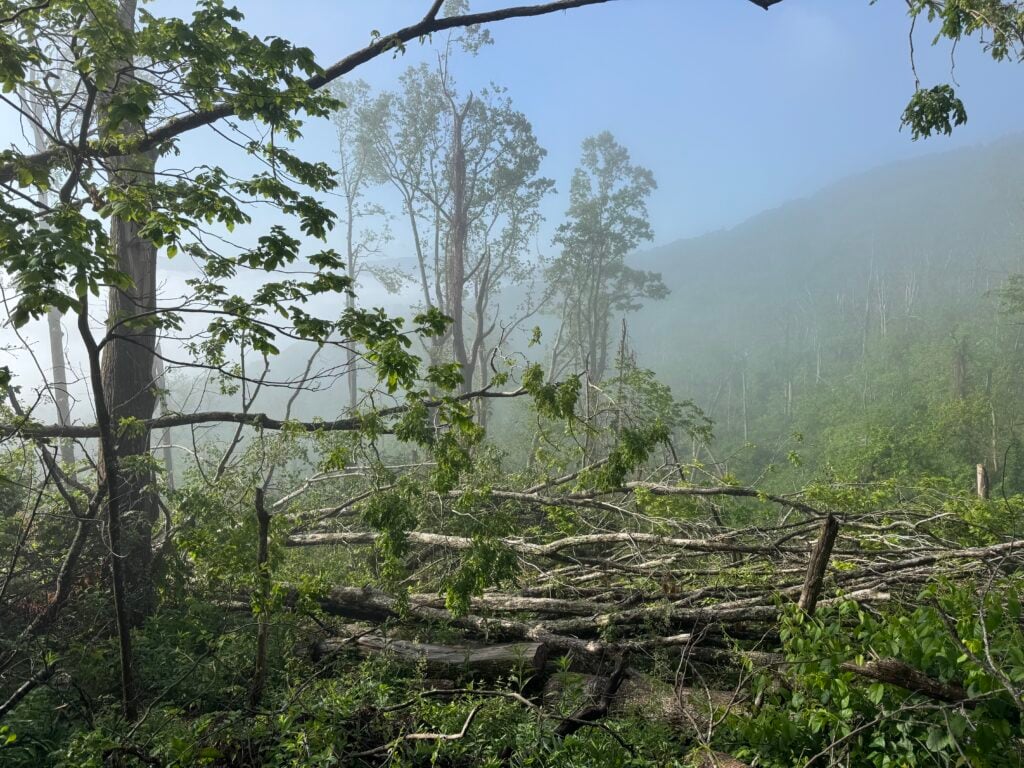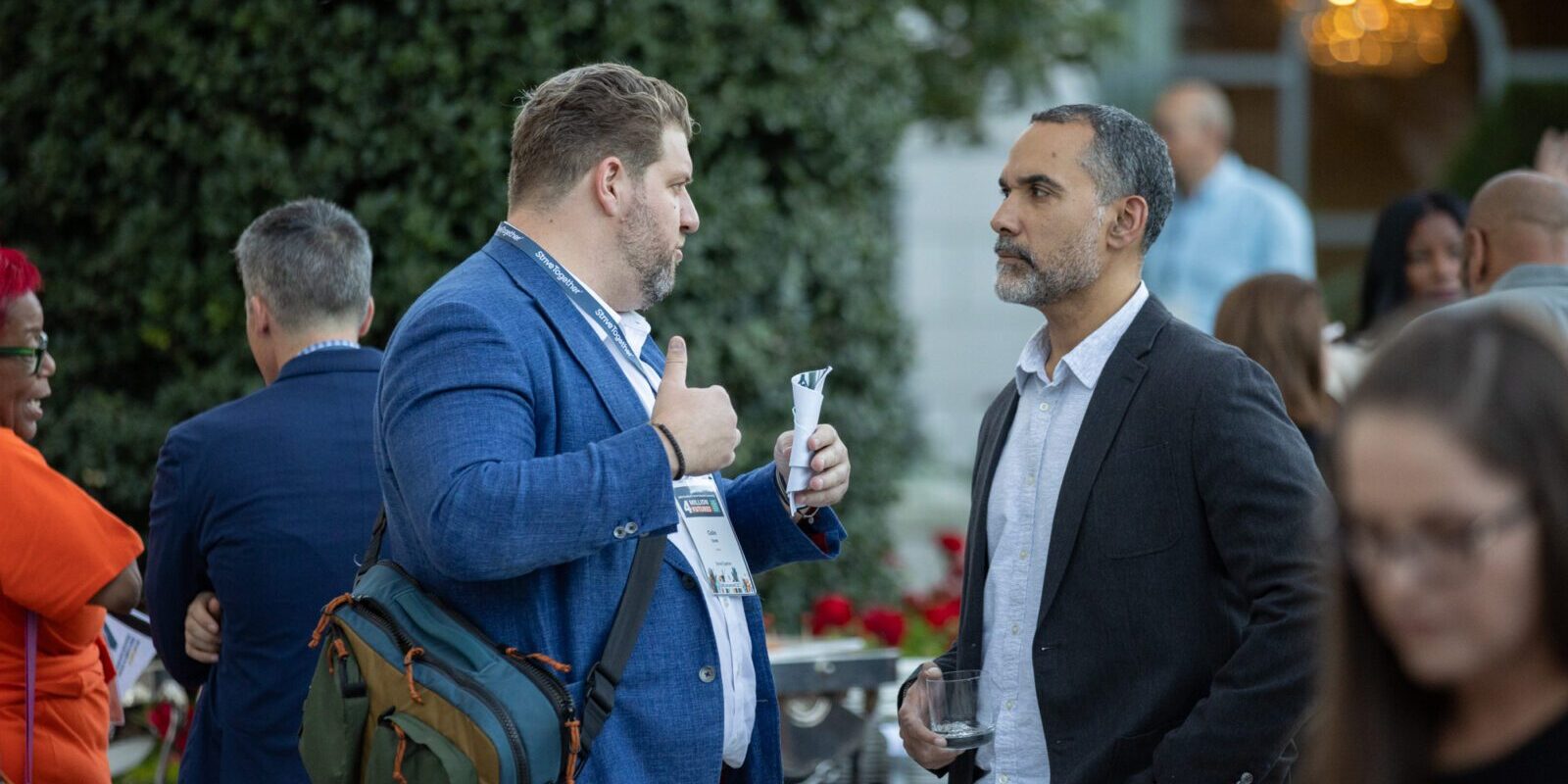In May I took a road trip across North Carolina, and like any good journey, it offered more than just miles and meetings. It offered insight.
In my role at StriveTogether, I’m fortunate to have opportunities to spend time in the 70 communities that make up the Cradle to Career Network. These communities are place-based partnerships — organizations that connect nonprofits, businesses, schools, philanthropy and more, bringing together neighbors to build a stronger future for their community. These visits are some of my favorite parts of the year, I get to learn from people who are creating true impact and see firsthand what it takes to put more young people on a path to economic mobility.
Every year or so, my family takes a trip to Charleston, and I’ve made it a bit of a tradition to stop and visit cradle-to-career, place-based partnerships along the way. Two years ago, I stopped in Guilford County to learn and more about their work and was excited to see them just recently join the Network. I took a similar hopeful detour this year through Asheville this year, where interest in the Cradle to Career Network has been building. United for Youth, led by President & CEO Dan Leroy, even joined us at last year’s convening in Salt Lake City. I see real potential for collective momentum and statewide action like we’ve seen emerge in Tennessee, Texas, Maryland, Ohio and Minnesota.
Returning to Guilford County again this year offered a deeper look at what’s possible when early momentum grows into long-term, collaborative action. I spent Monday afternoon with Teshanda Middleton, the new CEO of Ready for School, Ready for Life (Ready, Ready). Our conversation centered around the “network effect,” that almost-electric force that comes from being connected to partnerships across the country. It’s the power of learning alongside others who are solving similar challenges in different contexts. It’s a reminder that no place is alone in this work. When one of us learns, all of us learn. That’s the power of being part of a national movement committed to improving outcomes for children and families.
Tuesday brought me deeper into Guilford County’s planning process with shift_ed, under the leadership of President & CEO Wendy Poteat, and the Bridgespan Group. Together, along with Ready, Ready, they’re shaping a comprehensive cradle-to-career plan that aspires to serve every child in Guilford County and accelerate progress on economic mobility. One thing that stood out to me in Guilford was the authentic connection between individual leaders. These are people who not only respect each other but genuinely like and support one another, and that provides a powerful foundation for collaboration. What they’re modeling — bringing together two backbone organizations focused on different parts of the cradle-to-career continuum — is exactly what communities across the country need to create seamless, supportive experiences that improve outcomes and open up clear pathways to economic mobility for every young person.
Midweek, I headed west to Asheville and Buncombe County, where I spent Wednesday and Thursday with the United Way of Asheville and Buncombe County and the United for Youth leadership team. We toured community schools and recovery zones still healing from Hurricane Helene. We talked about the urgent challenge of chronic absenteeism — how absence compounds inequity, and how coordinated, community-wide strategies are needed to get kids back, re-engaged and on track toward success. Their work is a compelling example of how local partners can align not just services, but also policy and funding decisions, to support outcomes that matter.
Hiking the Blue Ridge Parkway with Dan, brought it all into focus. Even nine months after the storm the impact of the hurricane was still visible, but so was the resilience of the natural environment. Things were starting to grow back. It reminded me how important our collective work is in stewarding that bounce back. We can tend to the disruption and help bring back the parts of the ecosystem we want to restore, while also letting some things fade away. Not everything needs to return the way it was. Sometimes allowing what no longer serves us to pass creates space for new innovations and better systems to take root.
This kind of stewardship is exactly what place-based partnerships offer. In times of crisis, whether it’s a pandemic, a natural disaster or the everyday inequities communities face, a strong aligned partnership keeps people anchored to shared purpose and a coordinated response. That was one of the biggest lessons of the week. And when those efforts are focused on improving outcomes and changing the conditions that shape opportunity — systems, structures and policies — that’s when real and lasting change starts to take hold. 
That understanding stayed with me throughout the week. The more I reflected, the more I kept returning to the idea of stewardship. In nature, ecosystems regenerate, but they need tending. The same is true of communities. The role of a backbone organization and of the Network itself is not just to hold things together but to help communities steward progress. That means letting go of what no longer serves, like outdated policies and ineffective practices, and harvesting energy from what’s emerging.
Whether it’s more frequent and harmful natural disasters, growing income inequality or the rapid shifts brought on by AI and workforce disruption, we need backbones to lean into this role as ecosystem stewards, strengthening civic infrastructure and aligning cross-sector efforts to support community resilience. This work is about bridging the gap between the aspirations we hold for children and families and the outcomes our systems actually produce.
And then, there’s nature. Touring storm-damaged areas, we saw something that stuck with me: invasive species thriving where the tree canopy had been destroyed. There’s a parallel there. Crises can make room for the unintentional and undesired, unless we’re intentional about what grows back. It’s not enough to bounce back. We have to bounce forward, to reimagine what’s possible. That’s an ecological lesson. It’s also a social one.
Place-based, cradle-to-career partnerships are our ecosystem. They’re the root systems, the mycelium, the scaffolding that holds community change together. My road trip was a reminder that whether we’re in a boardroom in Greensboro or a schoolyard in Asheville, the work is the same: connect, align and dream forward. To improve outcomes. To shift policy. To build real, lasting pathways to economic mobility for every young person.
Looking across North Carolina, from the energy in Guilford to the resilience in Asheville, it’s clear that something bigger is beginning to take shape. There is real potential for communities across the state to come together not only to drive local progress but to spark statewide transformation.
Let’s keep building, place by place and child by child, until every young person has a clear path to economic mobility.






